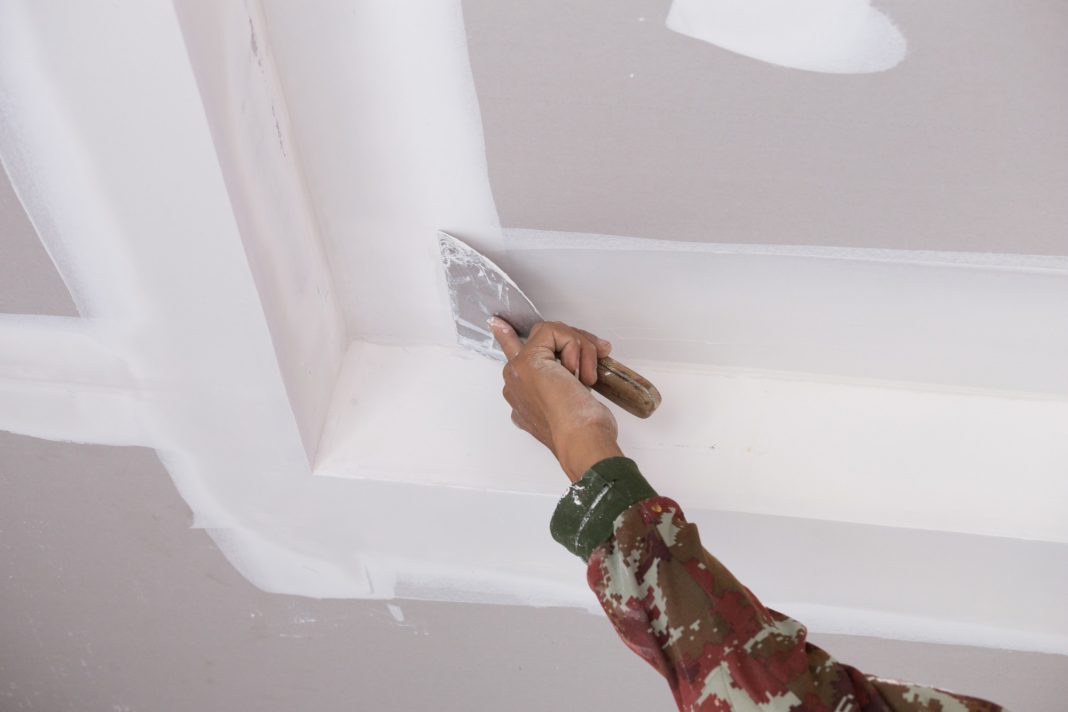High on the list of ancient inventions, experts think the ancients invented plaster over 9500 years ago in Turkey. That’s older than written languages!
Humans have been using plaster to coat the insides of wooden and brick huts for several millennia. Egyptians even use it about 4000 years later in pyramids. The old adage says “if it ain’t broke, don’t fix it.” When it comes to drywall vs plaster, though, is it true?
Even though plaster is an old building method, that doesn’t mean it’s inferior. It has its uses, even in an age with drywall eclipsing it in modern construction methods. So when should you use lath and plaster vs drywall?
Keep reading to find out!
A Bit of the History of Drywall
We invented drywall in a time just before labor shortages and war. Originally called sheetrock, drywall struggled in the years between its invention in 1916 and the baby boom of the late 1940s.
American housing and construction exploded onto the scene with more than 21 million new homes nationwide. During World War II skilled and unskilled labor shortages also contributed to the changeover. What are some of the reasons?
Pros and Cons: Plaster Walls vs Drywall
Drywall is a great product that allows for the expansion of building construction on a global scale. Some of the things that make it great are:
- Easy to paint or wallpaper
- Lighter material
- Cheaper to install
- Less skill to install
- Easy to fix when damaged
- Better insulator for hot and cold
- Easier to hang pictures or posters
- Cheaper materials cost
- Don’t need to wait for it to dry
- Installation during any season
With such wonderful “pros” on the side of drywall, it’d be easy to say it’s a clear winner. Plaster still has a few tricks up its sleeve, however, because plaster:
- Can take any shape
- Lasts virtually forever
- Doesn’t grow black mold if it gets wet in a hurricane or flood
- Has better sound dampening and insulation
- Can be decorative by itself
- Harder and not as easily damaged
Plaster does have some drawbacks, though. It’s harder construction makes it more brittle and prone to cracking or chipping. The heavier weight means it’s difficult to remove during a remodel and adds extra weight to your house and foundation. It also takes time to dry which means winter isn’t a good time to apply it.
One thing you don’t have to worry about is if painters, like Majestic Painters, will have trouble giving your walls a splash of color. Plaster gives incredible beauty to ceilings, especially, with a three-dimensional quality only a skilled craftsman can deliver.
If you are looking for a high-quality luxury look, plaster is the way to go. If you’re looking for an effective material on a budget, go with drywall. Either way you go, you’ve picked a winner.
Drywall vs Plaster: An Unclear Winner
Drywall or plaster is a question that will be asked for a long time to come because both are effective in their own ways. We’ve learned that one way to stave off reconstruction costs in flood-prone areas is to build with plaster walls, at least on the ground floor. And if you think you’ll be doing frequent remodels, drywall is the better choice since it allows quick tear down and installation.
Did you learn some cool things about the drywall vs plaster debate, and want to know more about home, lifestyle, real estate, and business? Look no further than Time Business News.
We have you covered with any relevant news on a variety of topics, so keep reading to find out more!

